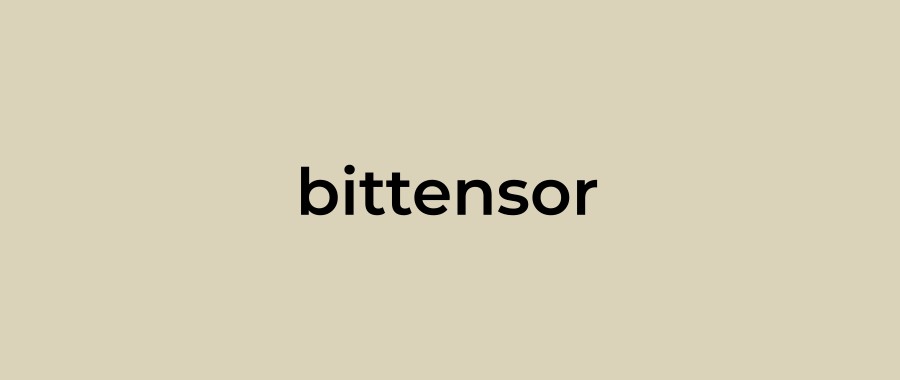Bittensor: Explained

Is Bittensor a place in cyberspace where the talented are fairly rewarded, and the curious ones are likely to find what they're searching for in this ever-growing realm of incentivized intelligence? Let's find out.
The purpose of this article is to provide a concise explanation of Bittensor, based on official documentation.
Bittensor is an open source protocol powering decentralized, permissionless, censorship-resistant peer-to-peer network developed by the Opentensor Foundation.
It is designed to enable incentivized production of digital commodities, especially various applications of Artificial Intelligence (AI), while also including its prerequisites: computational power, data storage, and more.
The production of these commodities is conducted via Subnets, specialized networks that are interoperable and can exchange data with each other, thereby creating an integrated digital ecosystem.
Within each Subnet, Miners compete by delivering answers (outputs) to queries (inputs) that are requested and subsequently ranked by Validators.
The Validators collectively utilize the Yuma Consensus algorithm to set stake-dependent weights, which determine the distribution of the ecosystem currency, $TAO, in proportion to the value contributed by each Miner. Although the network is open to all, the mining process remains highly competitive.
Competition is driven by the limited number of slots allocated for Subnets, Miners, and Validators. After the immunity period, the lowest-performing Miners are replaced by new registrants, and the least-valued Subnets may also be replaced. Furthermore, a validator's standing is dependent on the amount of $TAO delegated to them by stakeholders, and their position can shift rapidly if they lose this trust.
These dynamics establish a continuous feedback loop that ensures constant improvement in the quality of outputs, regulates demand for the commodities provided by each Subnet, and determines Validators' influence over the network's state.
The most innovative aspect of Bittensor's architecture is the integration of the blockchain layer (incentive) with the production layer (compute) in a symbiotic relationship that enhances the network's scalability.
The blockchain layer does not bottleneck compute bandwidth, instead, it facilitates widespread adoption by incentivizing a diverse array of experts to join the ecosystem.
The governance layer is transparently integrated into the blockchain layer. As Bittensor evolves from a Opentensor foundation-led structure to one owned by the community, the network's democratic functions are managed by two separate bodies: the Senate and the Triumvirate.
Bittensor's vision is to leverage digital markets to promote the growth of decetralized, censorship-resistant AI, ensuring that the power and ownership of machine intelligence are broadly distributed among the public. This approach stands in contrast to traditional centralized models, where control and benefits are typically concentrated in the hands of a select few.
Resources:
[1] Official website:
[2] Incentivizing Intelligence: The Bittensor Approach:
https://bittensor.com/academia
[3] Official Bittensor Developer Documentation:
[4] TAO Token Economy Explained:
https://opentensor.medium.com/tao-token-economy-explained-17a3a90cd44e
[5] Official Discord Channel: